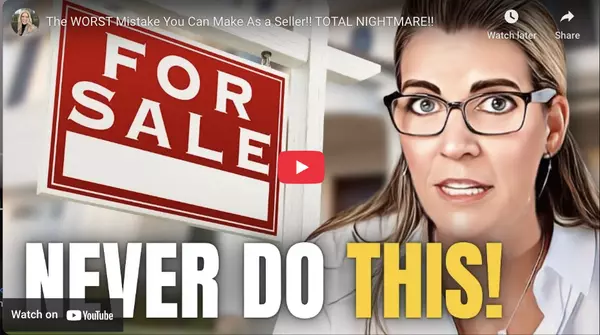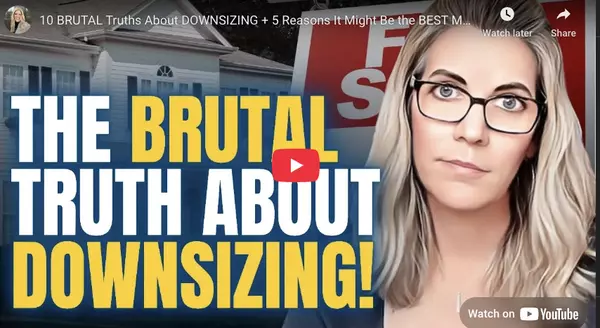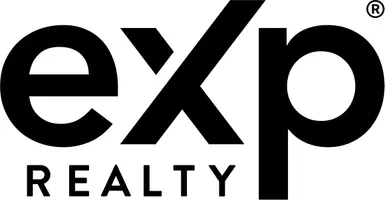AVOID Costly Updates! How Much Is Too Much? TAKE THIS QUIZ!
When it comes to selling your home, one of the biggest dilemmas you might face is deciding how much to invest in updates before listing it on the market. Should you replace the carpet? Should you renovate the bathroom? Is it worth painting the entire house? These questions often come up, and the answers are rarely straightforward. In fact, to determine the best course of action, you need to ask a series of follow-up questions that consider the unique aspects of your home and the market.
That’s why I’ve developed a comprehensive matrix, a quiz designed to help you assess which category your home falls into, and based on that, how much money you should realistically spend on improvements before selling. Let’s explore the different categories of homes, how they guide your update decisions, and most importantly, when not to invest in certain updates.
The Five Categories of Homes
Every home can be classified into one of five categories, each with specific characteristics and recommended spending levels:
- Restoration Required
This category is for homes that need a complete overhaul. If your home has significant deferred maintenance, outdated mechanical systems, and visible issues like cracked driveways and old roofs, it likely falls into this category. In such cases, you should focus on minimal repairs—just enough to make the home sellable—without investing too much. Spending 1-3% of your home’s value is typically sufficient.
- Concealable Condition
Homes in this category might not require a full gut job but have some underlying issues that aren’t immediately visible. The kitchen might be 30 or 40 years old, and while the house could be livable, it needs some updating. In this case, focus on superficial improvements like painting and deep cleaning, and limit your spending to 2-5% of your home’s value.
- Surface Shine
Many flipped homes fall into this category. Surface Shine homes look good on the outside, with updated kitchens and bathrooms, but might have hidden structural or mechanical issues. If your home fits this category, prioritize spending on essential repairs like the roof, HVAC, or windows to ensure the home passes inspection. Expect to spend around 3-7% of your home’s value.
- Unpolished Potential
This is the sweet spot for making smart investments. Unpolished Potential homes are well-maintained with no deferred maintenance but may be a bit dated. These homes offer a great opportunity for staging and cosmetic updates that can significantly boost their appeal. If your home is in this category, consider spending 5-10% of its value to maximize its market potential.
- Modern Move-In
Modern Move-In homes are almost perfect—they’ve been updated recently and don’t require any major work. However, since most of the value is already built in, you should be cautious about spending too much on further updates. Focus on maintaining the current condition and consider spending less than in the Unpolished Potential category, as the return on investment might be lower.
When Less Is More
Once you’ve identified which category your home falls into, you’ll have a better idea of how much to invest in updates. But there’s one crucial piece of advice: in some cases, doing less is more. For instance, if your home falls into the Restoration Required category, spending money on new carpet or a fresh coat of paint may not be worth it. Buyers might see past these updates, focusing instead on the significant work the home needs. Similarly, if your home is in a challenging location—like next to a busy parking lot—it may not be wise to spend on staging, as no amount of cosmetic improvement can change the fact that it’s next to a less desirable feature.
Take the Quiz
To get a precise idea of where your home stands, take the quiz I’ve developed, which is available in my Seller's Playbook. This quiz will walk you through assessing the age, condition, and specific features of your home, helping you categorize it accurately. From there, you’ll know how much to invest and where to focus your efforts. Remember, every home will sell—it’s just a matter of pricing it correctly and making the right updates.
DOWNLOAD SELLER’S PLAYBOOK HERE
Final Thoughts
Understanding how much to spend on pre-sale updates is crucial in today’s real estate market. With the right guidance, you can avoid costly mistakes and focus your efforts where they’ll have the most significant impact. Whether you’re aiming for a quick sale or trying to maximize your home’s value, knowing which category your home falls into will help you make informed decisions and get the best return on your investment.
If you're unsure or need personalized advice, consider partnering with a real estate agent who understands the local market and can offer tailored recommendations based on your specific situation. Your home is one of your most significant assets—make sure you’re investing in it wisely!
Recent Posts











